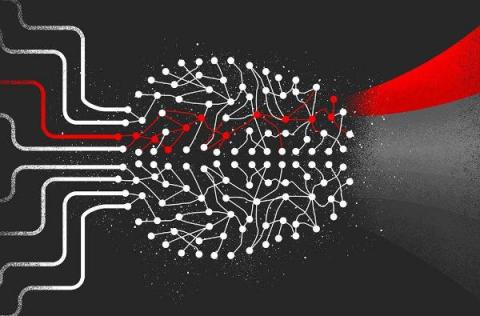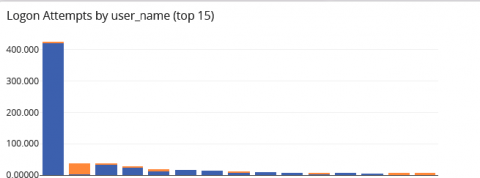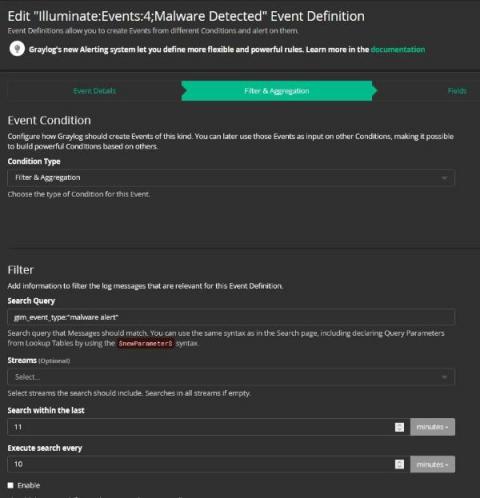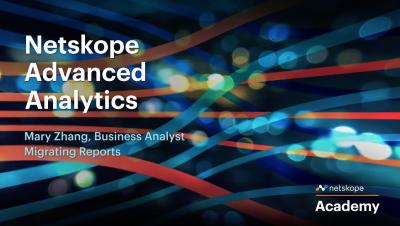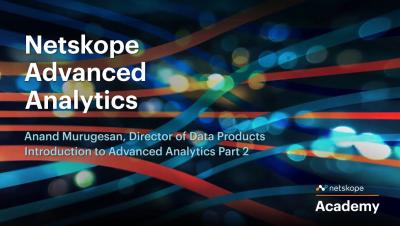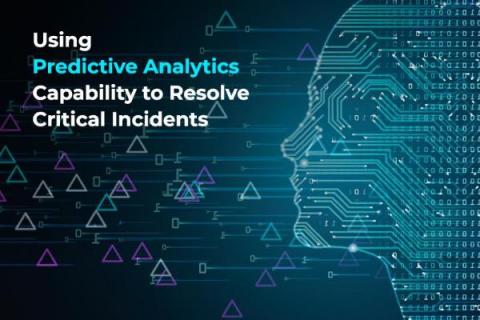The Democratization of Data: The Pros & Cons of All That Data
Try going one day without navigating today’s data landscape — accepting or declining cookie pop-ups, determining whether and how a company can use your information, and all the data you’re generating simply by browsing the web. Yes, we live in the Data Age. We know we generate mind-boggling amounts of data. The data we generate in a single day is an unfathomable amount (2.5 quintillion bytes if you can do that math). More formally, we say that data has been democratized.



